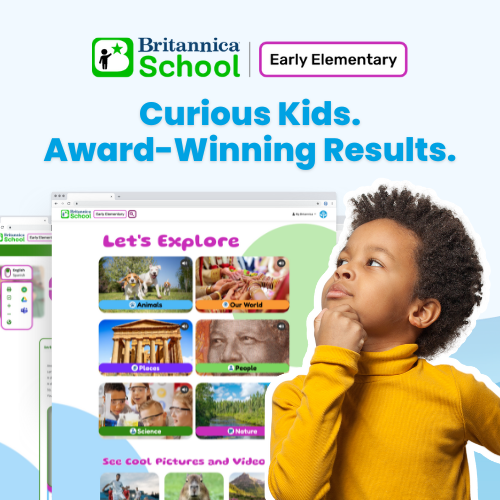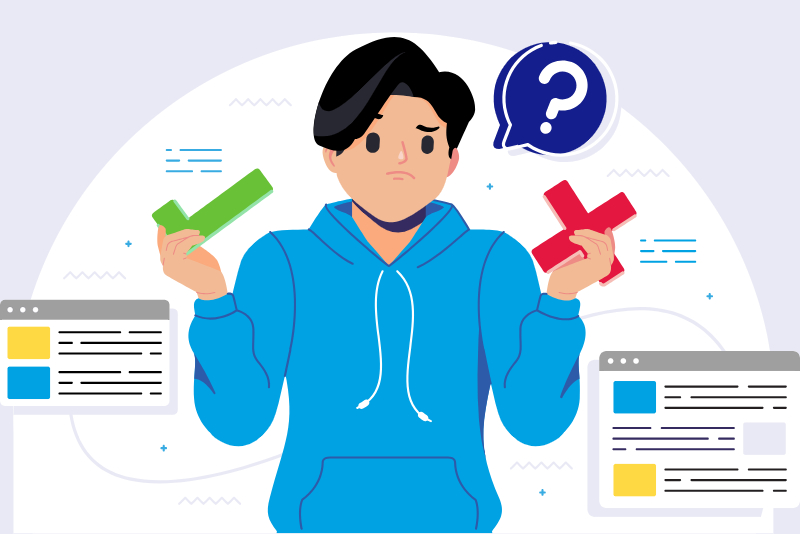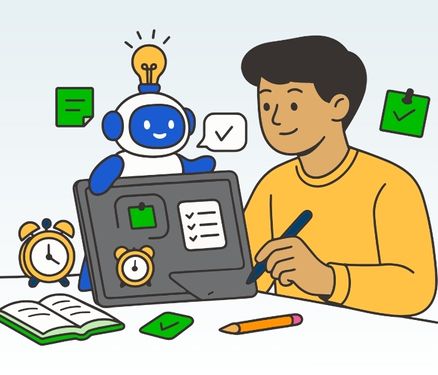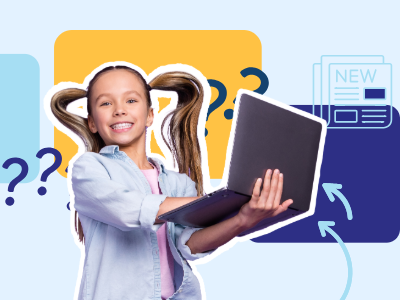

Table Of Contents
When the class period draws to a close, you might wonder if your students have genuinely grasped the day’s material. Rather than simply cleaning up or reviewing homework, make the most of those final moments with engaging and practical closing activities that assess understanding, address misconceptions, and motivate students to engage with their learning.
The best part? These activities don’t have to be daily occurrences or require extensive preparation. They can be implemented at the end of a lesson or an entire unit and can incorporate various teaching strategies to foster a stronger classroom community.
Discover our top 10 closing activities that will help determine who’s ready to rock, who is almost there, and who could use personalized attention.
1. Reflect and Connect
Encourage students to self-reflect and connect to their own lives. Set aside a few minutes at the end of each lesson for students to write down their thoughts on what they’ve learned, how they can apply it to their lives, and any lingering questions they may have. This process helps students process new information and promotes metacognition and critical thinking skills. As a teacher, you can review their reflections to gauge their understanding and tailor your instruction to address their needs.
2. Quiz the Teacher
Challenge your students to test your knowledge of the material by having them create questions based on the lesson. This closing activity not only reinforces the lesson material but also helps to identify gaps in students’ understanding. As you answer their questions, model critical thinking and problem-solving skills, and encourage students to help if you get “stuck” or make a mistake.
3. Clear or Cloudy
This is a neat example of an exit ticket, asking students to identify what is clear about what they’ve learned (what they understand) and what is cloudy (what they’re having trouble understanding). Try creating a simple “Clear or Cloudy” handout that students can use to record something clear and something cloudy before turning it in on their way out.
4. Gallery Walk
Display student work, such as posters or group projects, around the classroom. Have students walk around and observe their peers’ work, leaving feedback or asking questions on sticky notes. This closing activity promotes peer-to-peer learning and helps you assess their understanding of the material.
5. Silent Debate
Pair students and give each a topic or question related to the lesson. Instruct them to debate silently by writing their arguments or explanations on a shared piece of paper. This activity allows students to practice their reasoning and communication skills while giving you insight into their understanding.
6. Four Corners
Assign a statement or question related to the lesson to each corner of the room. Ask students to move to the corner that best represents their understanding or opinion. This activity encourages students to think critically about the material and provides an opportunity for discussion and clarification.
7. Jigsaw Share
Divide the class into small groups and assign each group a specific aspect of the lesson. Have each group become “experts” on their assigned topic and then reassemble the class into new groups with at least one representative from each original group. In these new groups, have each student share their expertise, allowing for a comprehensive review of the lesson’s content.
8. Dialogue Balloons
Have students create a comic strip with dialogue balloons that illustrate key concepts and ideas from the lesson. This allows students to demonstrate their understanding of the material in a fun and creative way.
9. Traffic Light
Attach a picture of a traffic light to your classroom door as a quick check for understanding. Before leaving, students write down one thing they learned (green light), one thing they’re still pondering (yellow light), and one thing they’re struggling with (red light) on sticky notes. After class, review the sticky notes to identify patterns and areas where students may need additional support.
10. Rock, Paper, Scissors
Reinvent the classic game with a reflection worksheet encouraging critical thinking. Students identify the most challenging part of the lesson (rock), the main idea (paper), and less important details they might discard (scissors). This activity helps students consolidate their learning and identify areas for further study.
By implementing these closing activities, teachers can create a nurturing and inclusive learning environment where students feel supported and valued, ultimately leading to better academic performance and social-emotional development.
Britannica’s Professional Learning Workshops, led by experts, equip educators with the tools needed to make a real impact in the classroom. Unlock your teaching potential!

About the Author
Jane King
Science Subject Matter Expert
Jane has over twenty years of experience in teaching, educational publishing, education technology, and instructional design. She specializes in grades K–8 science curriculum development aligned to state and national standards. Jane has written and edited hundreds of books, passages, lesson plans, assessments, hands-on activities, and digital activities. She also managed the content of an award-winning learning platform for grades K–6 science instruction. Jane holds a Ph.D. in biological sciences from the University of Illinois at Chicago.











